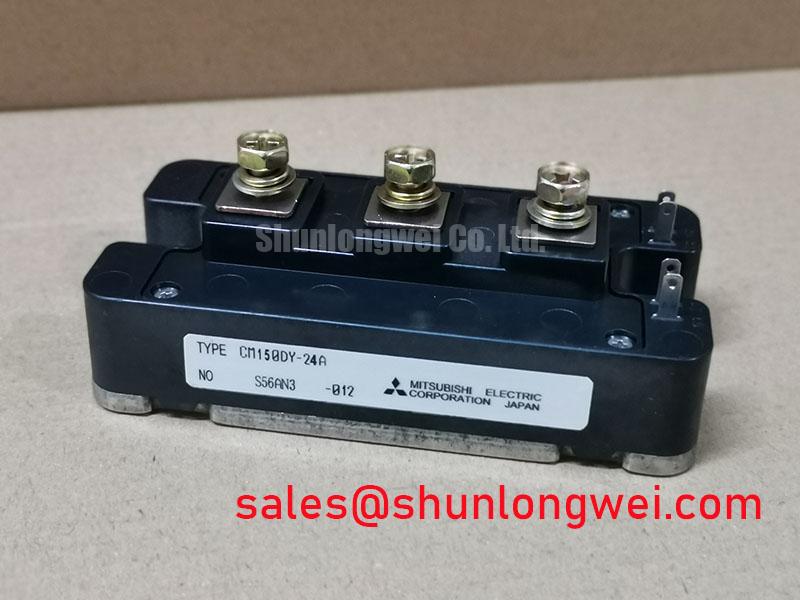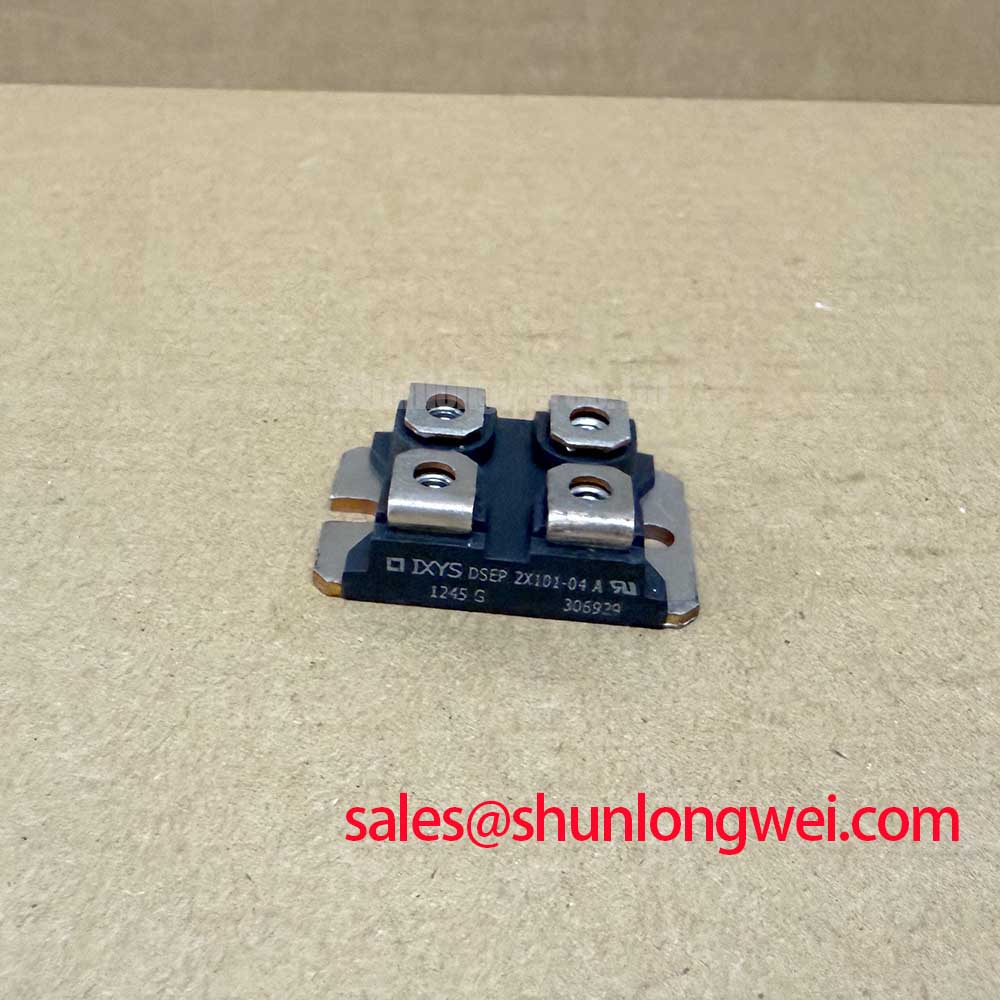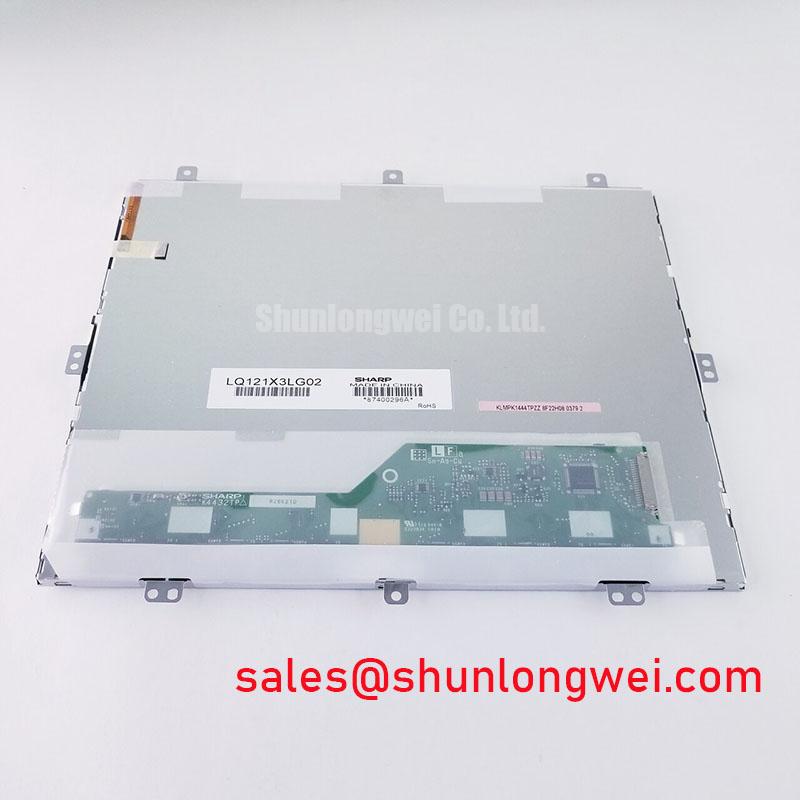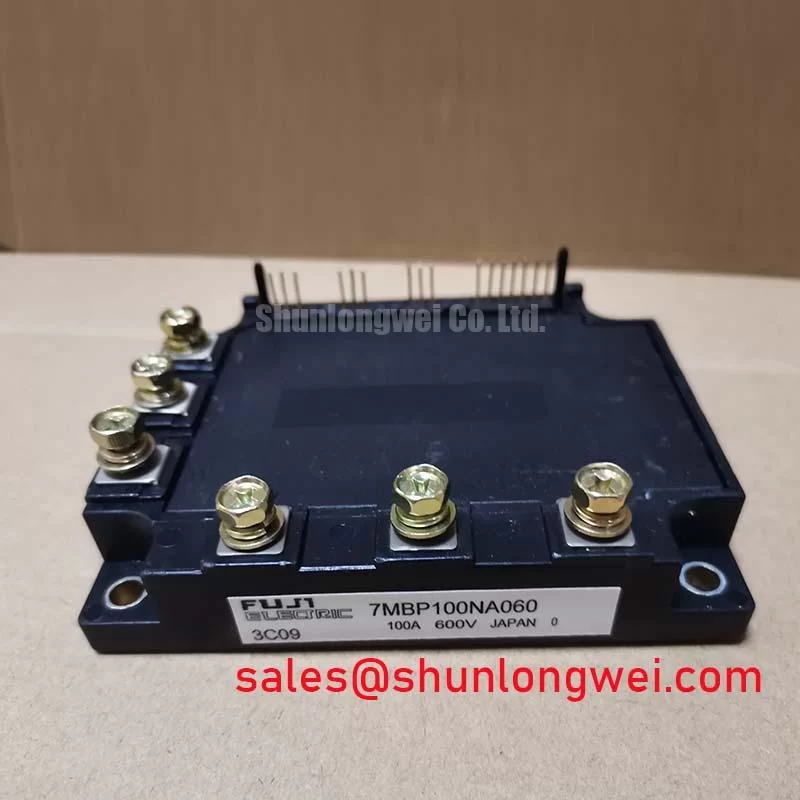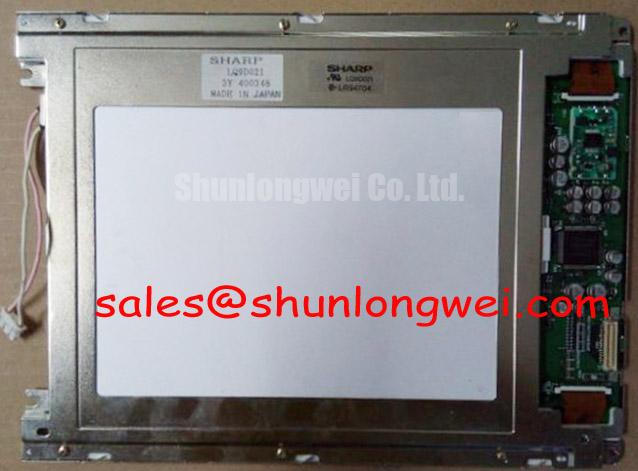Content last revised on October 23, 2025.
CM150DY-24A Mitsubishi IGBT Module: Technical Specifications and Application Analysis
Product Overview: A Dual IGBT Module for High-Efficiency Power Conversion
Engineered for Performance in Demanding Industrial Applications
The Mitsubishi CM150DY-24A is a high-performance dual IGBT module from the A-Series, engineered to deliver efficiency and reliability in power conversion systems. Its core value proposition lies in providing a robust 1200V, 150A switching solution with optimized conduction and switching characteristics. Key specifications include: 1200V Collector-Emitter Voltage | 150A Collector Current | 3.1V Max VCE(sat). This module offers excellent thermal transfer and a high isolation voltage, ensuring operational integrity. For designers specifying power stages for industrial motor drives, the module's well-defined Safe Operating Area (SOA) provides the necessary margin for robust and reliable performance. With its balance of current handling and voltage rating, the CM150DY-24A is an optimal choice for three-phase inverters operating from 380V to 480V AC lines.
Key Parameter Overview
Decoding the Specs for Efficient Power Stage Design
The technical specifications of the CM150DY-24A are foundational to its performance in power electronics. The parameters below have been selected to highlight the module's core capabilities in handling electrical and thermal loads. An emphasis is placed on values critical for calculating system efficiency and ensuring long-term reliability.
| Parameter | Symbol | Condition | Value |
| Collector-Emitter Voltage | VCES | VGE = 0V | 1200 V |
| Gate-Emitter Voltage | VGES | ±20 V | |
| Collector Current (DC) | IC | TC = 25°C | 150 A |
| Collector Current (Pulsed) | ICP | TC = 25°C, 1ms | 300 A |
| Collector-Emitter Saturation Voltage | VCE(sat) | IC = 150A, VGE = 15V | 3.1 V (Max) |
| Isolation Voltage | Viso | AC, 1 minute | 2500 Vrms |
| Collector Power Dissipation | PC | TC = 25°C | 960 W |
| Operating Junction Temperature | Tj | +150°C |
Download the CM150DY-24A datasheet for detailed specifications and performance curves.
Application Scenarios & Value
System-Level Benefits in Industrial Drives and Power Supplies
The CM150DY-24A is engineered for applications where efficient control of medium-to-high power is critical. Its primary role is in the inverter stage of systems like Variable Frequency Drives (VFDs), Uninterruptible Power Supplies (UPS), and industrial servo drives. In a typical VFD application for a 45kW (60 HP) AC motor, the engineering challenge is to minimize power losses during the Pulse Width Modulation (PWM) process to improve efficiency and reduce heatsink size. The CM150DY-24A addresses this directly through its VCE(sat) of 3.1V at its nominal current. This parameter can be thought of as the "voltage toll" for conducting current; a lower value means less power is wasted as heat. This directly translates to higher system efficiency and a more manageable thermal design, which is a critical consideration in compact industrial enclosures. The module's robust 1200V rating provides the necessary safety margin against voltage spikes commonly found on industrial power lines, enhancing the overall reliability of the end equipment.
While the CM150DY-24A is well-suited for a wide range of applications, system power requirements may vary. For applications demanding lower current, the CM100DY-24A offers a 100A alternative within the same voltage class. Conversely, for systems requiring higher power output, the CM200DY-24A provides a 200A solution in a compatible package.
Frequently Asked Questions (FAQ)
What is the primary benefit of the module's 3.1V VCE(sat) rating?
The maximum Collector-Emitter Saturation Voltage of 3.1V at 150A signifies low conduction losses. This results in less heat generation, improving the overall energy efficiency of the power converter and potentially allowing for smaller, more cost-effective thermal management solutions.
How does the 2500Vrms isolation voltage impact system design and safety?
The high isolation voltage ensures a robust dielectric barrier between the power circuit and the baseplate, which is typically mounted to a grounded heatsink. This is critical for meeting safety standards like IEC 61800-5-1, protecting personnel from high voltage and preventing ground faults that could damage the system.
Is the CM150DY-24A suitable for hard-switching topologies?
Yes, this module is designed for use in conventional hard-switching applications. Its datasheet provides detailed switching time and energy loss characteristics (Eon, Eoff) that allow engineers to accurately calculate switching losses for a given operating frequency and design effective snubber circuits if necessary.
What considerations are important for the gate drive circuit for this module?
A gate drive circuit for the CM150DY-24A should be capable of providing a stable +15V for turn-on and a negative voltage (typically -5V to -15V) for a firm turn-off to prevent parasitic turn-on. The driver must supply sufficient peak current to charge and discharge the IGBT's input capacitance quickly, ensuring efficient switching. For further insights, explore our guide on practical tips for robust IGBT gate drive design.
Technical Deep Dive
A Closer Look at the Internal Configuration and Reliability Features
The CM150DY-24A employs a dual or "half-bridge" topology, which integrates two IGBTs in series with anti-parallel freewheeling diodes (FWDs) into a single, isolated package. This configuration is the fundamental building block for three-phase inverters, where three such modules can form a complete B6-bridge. The key advantage of this integration is the reduction of stray inductance compared to using discrete components, which is critical for minimizing voltage overshoots during high-speed switching. Furthermore, the co-packaged FWD is specifically selected and optimized to handle the reactive currents from inductive loads like motors, ensuring safe and efficient energy recirculation. The module's construction, featuring an electrically isolated baseplate, simplifies mechanical assembly onto a heatsink and provides a low thermal resistance path. This thermal efficiency is crucial; think of thermal resistance as a bottleneck for heat. A lower value means a wider bottleneck, allowing heat to escape the semiconductor die more effectively, which is essential for achieving the module's full power potential and ensuring a long operational lifetime.
Strategic Fit in Modern Power Systems
The CM150DY-24A represents a mature and proven technology that serves as a cornerstone for a vast installed base of industrial equipment. While newer technologies like SiC and GaN are pushing the boundaries of switching frequency, the reliability, cost-effectiveness, and robustness of silicon IGBTs like the A-Series ensure their continued relevance. For new designs or retrofits in applications such as industrial pumps, fans, conveyors, and general-purpose inverters, this module provides a dependable, well-understood, and economically sound solution. Its characteristics align with the industry's continuous demand for improved efficiency and reliability without necessitating a complete architectural shift. As explored in our analysis of core IGBT selection criteria, a component like the CM150DY-24A offers a balanced performance profile that meets the rigorous demands of the industrial environment.

